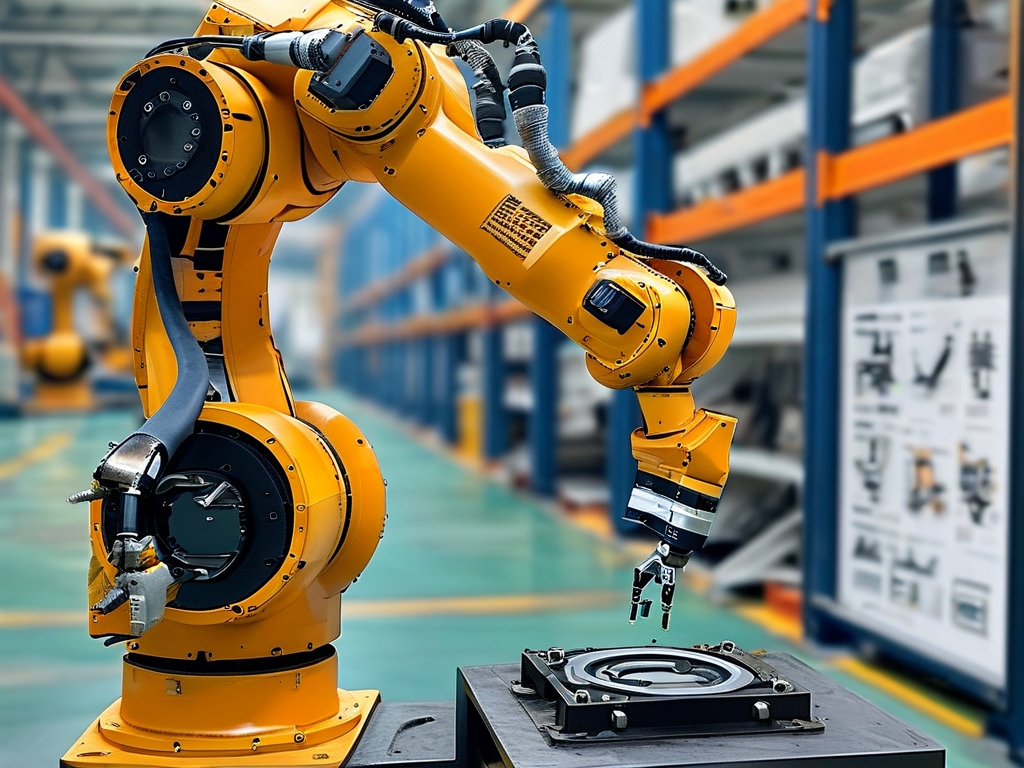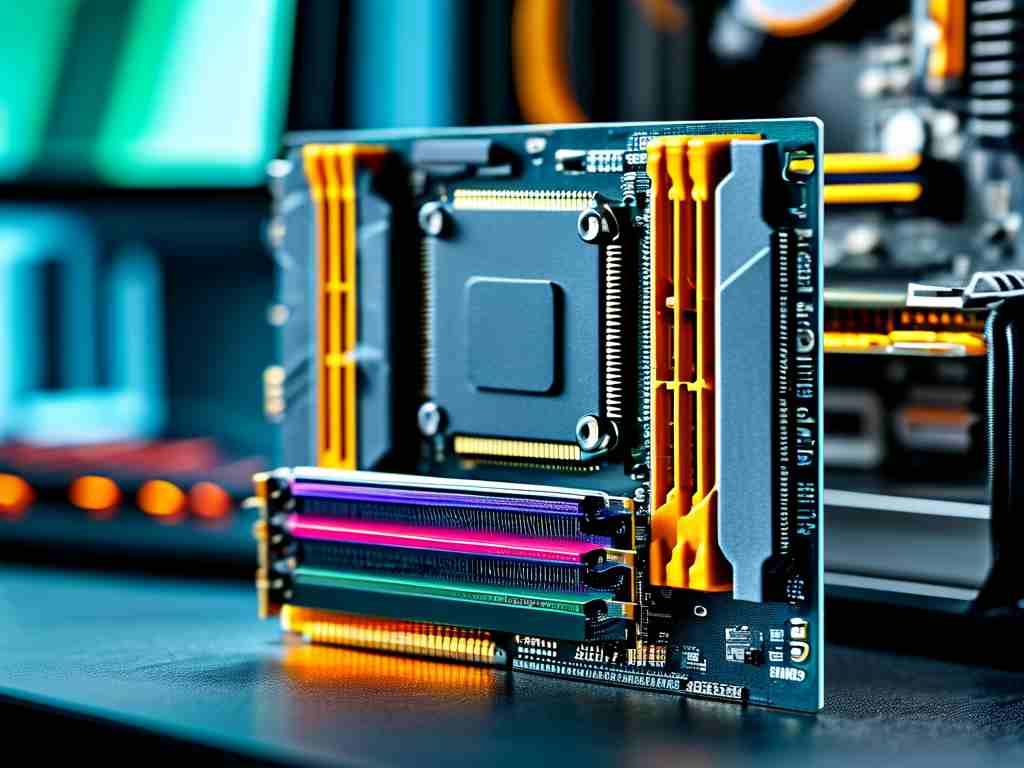Collaborative robots (cobots) have revolutionized manufacturing and industrial operations in Maoming, offering precision and flexibility. However, maintaining these advanced systems requires specialized knowledge tailored to local operational conditions. This article explores practical maintenance strategies for cobots in Maoming, addressing common challenges and emphasizing region-specific solutions.

The Growing Role of Cobots in Maoming
As a hub for petrochemicals, agriculture, and machinery production, Maoming has increasingly adopted cobots to enhance productivity. These robots work alongside human operators in environments ranging from chemical plants to food processing units. Unlike traditional industrial robots, cobots demand frequent recalibration due to their dynamic interaction with workers and adaptive workflows. Dust, humidity, and temperature fluctuations in Maoming’s coastal climate further amplify wear and tear, making routine maintenance critical.
Common Technical Challenges
- Sensor Degradation: Cobots rely heavily on force-torque sensors and vision systems. In Maoming’s humid conditions, moisture ingress can corrode sensor components, leading to inaccurate readings. Technicians recommend weekly inspections using sealed enclosures and silica gel desiccants.
- Joint Lubrication Issues: Frequent start-stop cycles in collaborative tasks accelerate joint wear. A local automotive parts manufacturer reported a 30% drop in downtime after switching to high-viscosity lubricants rated for tropical climates.
- Software Glitches: Over 60% of cobot malfunctions stem from firmware conflicts or calibration drift. Maoming’s technicians now use hybrid diagnostic tools combining cloud-based analytics and offline troubleshooting to address intermittent network connectivity in rural facilities.
Adaptive Maintenance Protocols
To address these issues, Maoming’s service providers have developed localized protocols:
- Climate-Proofing Kits: Customized protective covers with anti-corrosion coatings are now standard for cobots deployed near coastal zones.
- Predictive Maintenance Schedules: Vibration analysis and thermal imaging help detect motor failures before breakdowns occur. For example, a seafood processing plant reduced unplanned outages by 45% after implementing monthly predictive checks.
- Training Programs: Local vocational colleges offer certified courses on cobot maintenance, focusing on real-world scenarios like sudden power surges common in Maoming’s industrial parks.
Case Study: Reviving a Petrochemical Cobot
In 2023, a collaborative robot at a Maoming refinery malfunctioned due to hydrocarbon residue buildup in its gripper mechanism. Standard cleaning methods failed because solvents damaged the robot’s silicone coatings. The solution involved a two-step process: using compressed air to dislodge debris followed by a non-reactive enzymatic cleaner developed by a Guangdong-based biotech firm. This case highlights the need for innovative, cross-industry solutions in cobot maintenance.
Future Trends
Maoming is piloting AI-driven maintenance platforms that integrate real-time data from cobots across multiple factories. Early trials show a 20% improvement in fault detection accuracy. Additionally, partnerships with European robotics firms are bringing modular repair components to the region, slashing part replacement lead times from weeks to days.
In , maintaining collaborative robots in Maoming demands a blend of technical expertise, environmental adaptation, and proactive innovation. By leveraging localized strategies and global advancements, businesses can maximize the longevity and efficiency of their cobot investments.









